Average sizes and life expectancy for this breed:
English Springer Spaniels were bred and developed as gun dogs to flush out game birds. They are named after the way they "spring" at their prey, forcing them to fly up so hunters can shoot them. These dogs have long been favoured companions of sportsmen. However, the lively Springer Spaniel also makes an excellent family companion as long as they receive all the training and exercise they need.
English Springer Spaniels are intelligent and always eager to please. They are cheerful, playful dogs that form strong bonds with their human companions. English Springer Spaniels typically do well with kids if they are brought up with them from a young age. They are also usually good around other pets in the home. However, they might see pet birds as potential prey because of their hunting background.
English Springer Spaniels need a lot of exercise to remain happy, otherwise, they can suffer from boredom and become destructive. You will also need to make sure you keep them on a leash in unfenced areas because they have a tendency to dash off if they pick up an appealing scent.
In addition, English Springer Spaniels make skilled athletes. Several non-hunting dog owners partake in canine activities such as agility, obedience, tracking, and flyball with their English Springer Spaniels. They also make great companions when you go hiking or camping and can be trained as effective, loving therapy dogs, bringing smiles to people in hospitals and nursing homes.
See available puppies
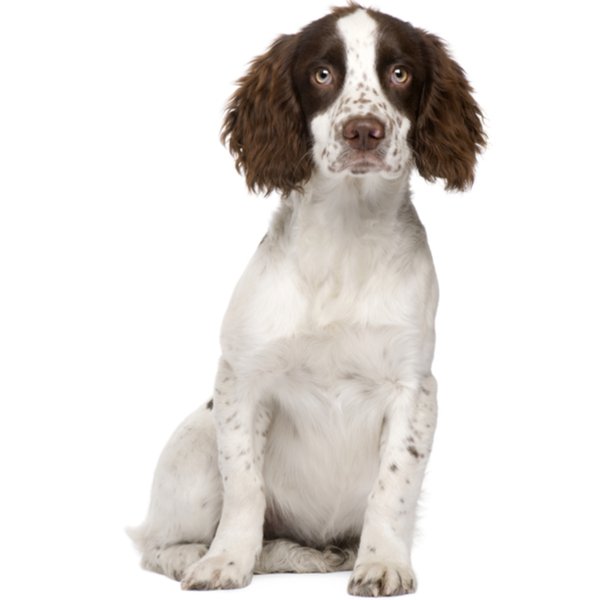

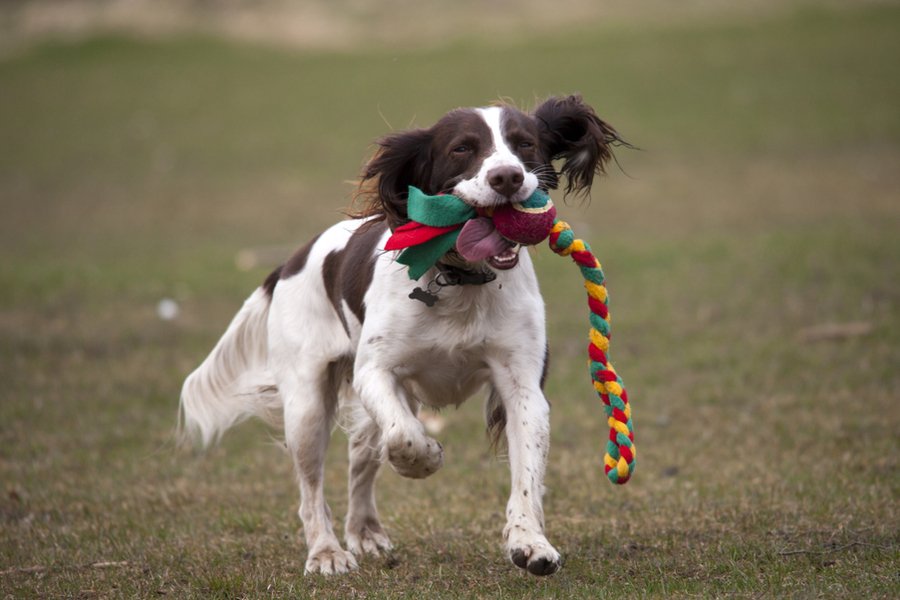


The Spaniel dog family is thought to be an ancient group, that has been mentioned in writings as far back as 300 AD. They were believed to have originated in Spain and were brought over to the UK by the Roman Legions.
Throughout the history of Britain’s land Spaniels, canines that were described as “Springers” and “Cockers” were frequently born in the same litter. They were only determined by size, with Springers being the largest. It took several generations of purposeful and meticulous breeding before the English Springer Spaniel, English Field Spaniel, and the English Cocker Spaniel were split into the distinct breeds we know today.
For centuries, England’s Springer-type Spaniels flushed out game birds for hunters to capture. However, they also hunted furry prey on occasion. They originally worked with hunters who brought down their prey with nets, bows and arrows, or falcons. Even when the wheel-lock firearm was invented in the 17th century, Springers kept their reputation for being skilled, dependable hunting companions.
Springer Spaniels would flush or startle birds from their cover in bushes, then retrieve the prey. Multiple pieces of literature described Springers as tireless workers that hunt all day and then retire to the easy companionship of family, hearth, and home.
In the 1870s, at the first British dog shows, the English and Welsh Springer Spaniels were displayed as the same breed. It stayed this way until 1902 when the Kennel Club recognized the two Springers separately. The first Springer Spaniels to be imported to North America were in 1913 and they quickly rose to become a popular breed famed for their loyalty and work ethic across America and Canada.
In 1924, the English Springer Spaniel Field Trial Association, the breed’s AKC parent club, was formed. 1921 saw the founding of the English Springer Spaniel Club in the UK, which is still classed as the most senior and reputable club of the eight that exist for this breed today.
Now, the breed is loved for its durability, trainability, and keen nose which has even seen them utilized to benefit k-9 detection work.

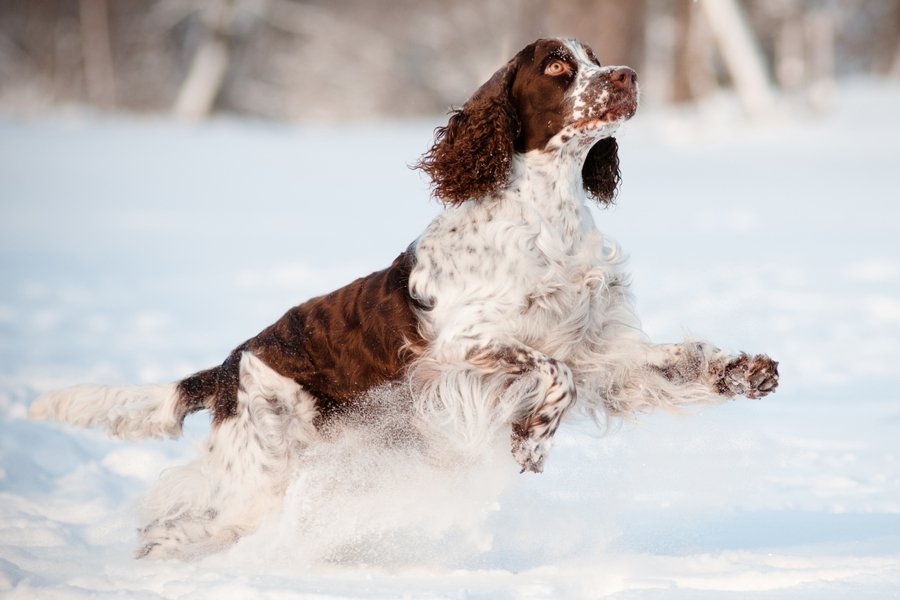
English Springer Spaniels portray the classic "spaniel" look, with expressive almond-shaped eyes, long-hanging ears with some feathering, a modest muzzle with a definite stop, a broad skull, and a docked tail. This dog breed is the tallest of the Spaniel breeds, with straight forequarters, well-sprung ribs, and broad muscular thighs.
English Springer Spaniels have a medium-length, weather-resistant coat that is either flat or wavy. There is extra hair on their ear fringes, feathering on the rear of all four legs, and their chest. The colours most regularly seen are black and white or liver and white, but tri-coloured and ticking are also other variations. Tan markings can be present on both black and white, and liver and white coat colours.
These are the basic appearances of this dog breed, but if you were to put two dogs of this breed next to each other, they might appear very different. This is because, in several sporting breeds, some dogs are bred to do labour in the field, while other dogs are produced mainly for show. In the end, they become two very distinct types. This is what has occurred with English Springer Spaniels.
The breeds of field and show dogs have been virtually separated for about 70 years. Field Springer Spaniels are athletic, and they look the part. They typically have shorter coats, their ears are not as long, and their noses are pointier. Field Springer Spaniels are developed and bred for their hunting skills, sense of smell, and trainability.
Show Springer Spaniels have square muzzles, longer hair, and longer ears. They are prized for their good appearance and showmanship. Show dogs can hunt; however, they are too slow and disciplined to do well in field trials, where the field-bred Springer Spaniels shine.
Therefore, it’s vital to have a definite idea of what you want from a Springer when you speak to breeders. They can assist you in choosing the puppy that is right for you, or they can direct you to a breeder whose English Springer Spaniels will better suit your lifestyle and needs.
English Springer Spaniels were bred to be close-working hunting partners. Because of this, they have a strong desire to be with people. These dogs are high-spirited and are at their happiest when they are active. English Springer Spaniels are well known for their intelligence, so they are pretty easy to train.
However, bear in mind that most Spaniel dogs have a strong retrieving impulse, and the English Springer Spaniels are no exception. This impulse can cause excessive chewing problems if they are left alone for long periods.
Socialise English Springer Spaniels to other dogs and people from puppyhood, even if they are approachable and friendly. Most English Springer Spaniels do not do well with kennels and inactive lifestyles. If they become bored, digging can also become a problem. Springer Spaniels need constant companionship, as well as mental and physical stimulation. So, you must ensure you have the time for this if you are considering adopting a Springer Spaniel.
Also, it’s worth noting that Springer Spaniels mature slowly compared to many other breeds. They generally don’t reach full maturity until they are around three years old. During this time, they are exceptionally curious and playful.
English Springer Spaniels are fully devoted to their human companions and can offer plenty of laughs and affection. However, they may not be the best choice for novice dog owners. While they are highly intelligent, these canines still need to be trained and handled by dog owners who are familiar with their specific needs. Moreover, dog owners need to dedicate ample time to ensure these canines are kept busy and mentally stimulated. English Springer Spaniels particularly thrive with an active outdoor life.
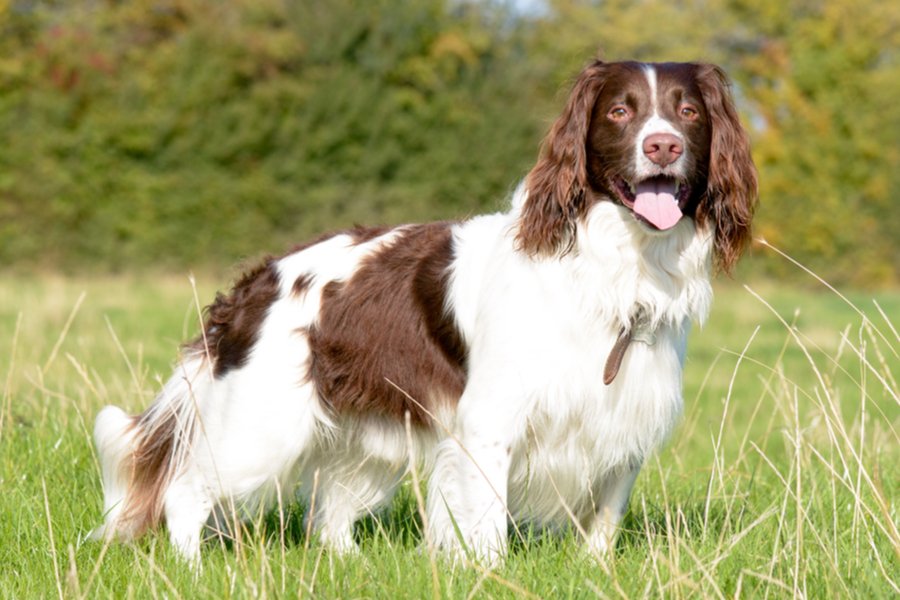
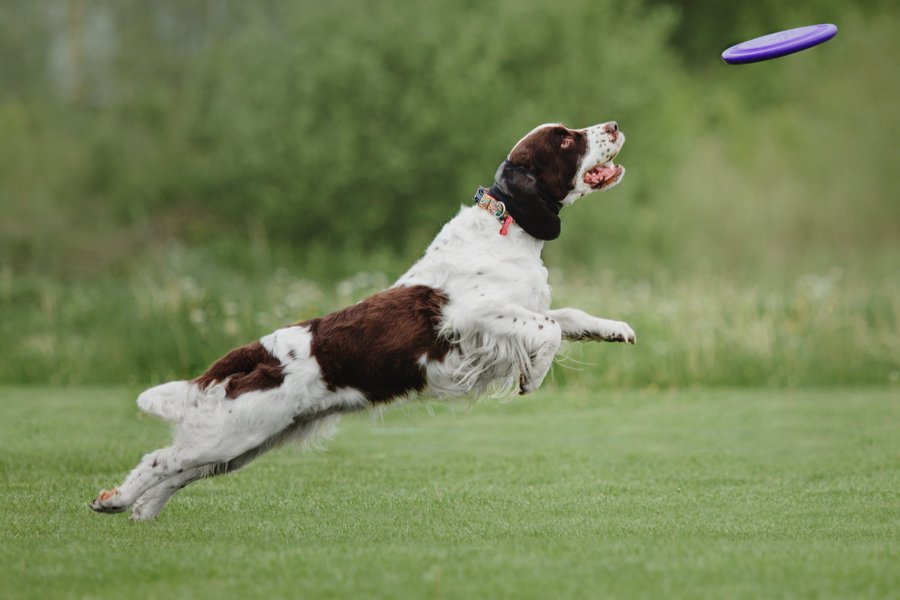
Early socialisation and training classes are essential for this breed as they will help to ensure that your English Springer Spaniel grows into a well-adjusted, well-rounded, and well-mannered canine companion.
English Springer Spaniels are active and highly intelligent. Continuous training and gentle guidance are important, as is the continued use of positive reinforcement methods. Tasty food is a great motivator for these dogs as well as enticing toys.
A dog owner must be confident enough to be in control at all times because this dog breed is an energetic and forward explorer of their environment.
English Springer Spaniels have a strong desire to stick close to their family members. So, they are best suited to families where someone is home for most of the day. They will also do well with active families that like to get out and about camping, running, and playing sports. These dogs can sometimes be classed as ‘difficult to train’ but that’s usually only because their owners do not have enough time to devote to this loving, playful, and highly active breed. Patience, understanding, and consistency are essential for successfully training an English Springer Spaniel.
Another thing to bear in mind is that Springer Spaniels can easily be distracted by a scent or by unexpected movement. So, keep training sessions short and rewarding in the beginning. If you stick to a strict schedule, you will soon have an affectionate, loyal dog that will follow you wherever you go.
Brushing the coat of an English Springer Spaniel 2-3 times a week will help to eradicate dirt and loose hair. It will also help to keep your dog’s coat shiny, healthy, and free of mats. If there are any tangles, you can use a slicker brush or metal dog comb.
English Springer Spaniels can be trimmed on occasion by their owners but it’s probably best to take them to a professional groomer for clipping and neatening-up of the coat, particularly their feet, the areas around the head and neck, and under the tail. Especially if you are not confident of the procedure.
Inspect their ears weekly for any dirt or wax buildup. Clean them regularly using a vet-approved ear cleaner and a cotton wool ball or clean cloth. While cleaning, check for any signs of infection such as itchiness, inflammation, a foul odour coming from the ear, and any tenderness. If you notice frequent head shaking or ear scratching, consult your vet for a checkup. For their dental health, brush their teeth at least 2-3 times a week to remove tartar and bacteria buildup.
Like many dog breeds, their nails should be trimmed regularly as very long nails can be painful to any dog and can lead to walking and running problems.
While grooming your dog, make sure to check for sores, rashes, or any signs of infection such as inflammation on the nose, ears, skin, eyes, mouth, and feet, or any tenderness and redness. Your English Springer Spaniel’s eyes must be clear and with no redness or discharge.
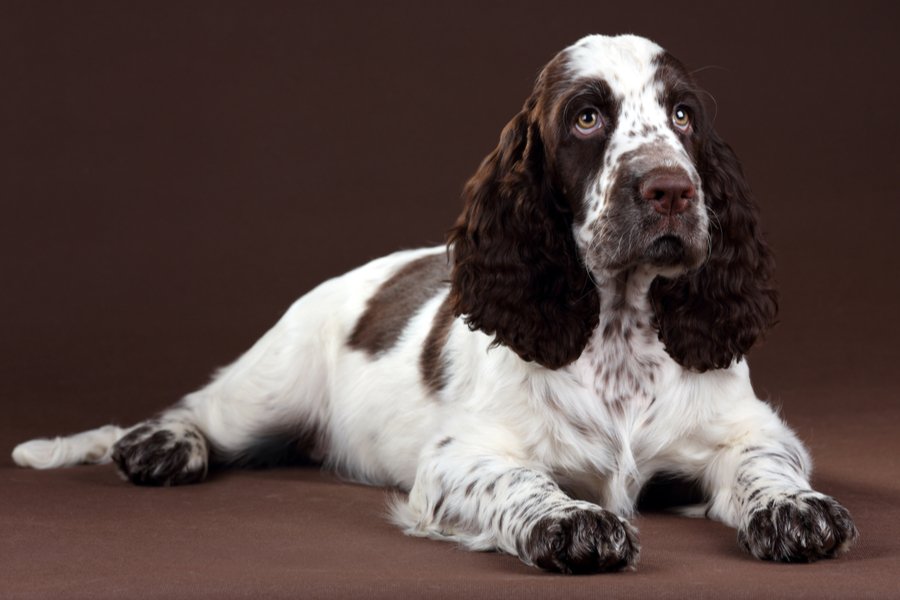
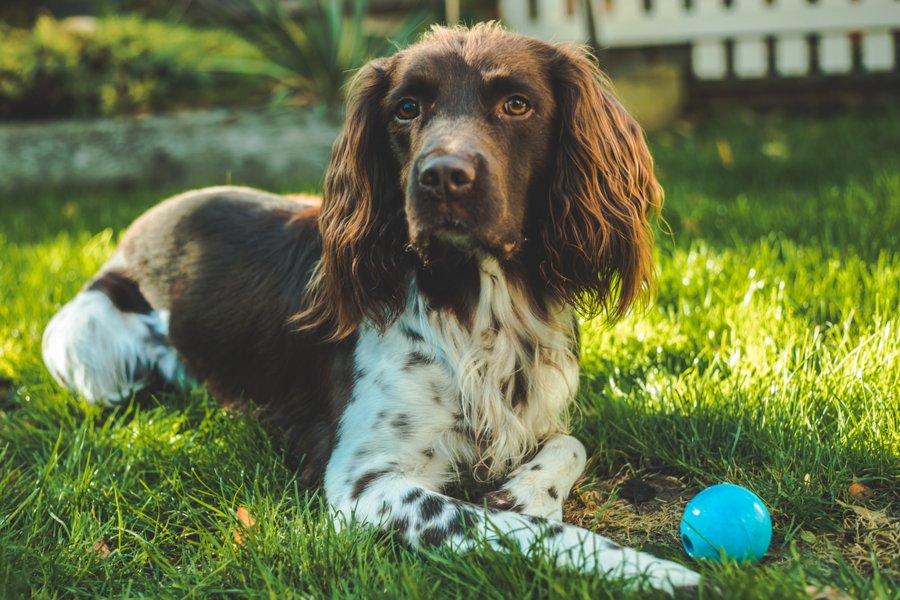
English Springer Spaniels are generally a relatively healthy breed. However, they are prone to developing certain health conditions, particularly joint problems. You should always purchase an English Springer Spaniel puppy from a licensed breeder to ensure they have been well cared for and appropriately socialised. They will also perform DNA tests on your pup to check for any underlying health issues that can affect your Springer Spaniel later in life.
The most common health issues seen in English Springer Spaniels include:
English Springer Spaniels typically do very well around children as long as they have been brought up with them from a young age. Older dogs who are unaccustomed to children may do better in a house with mature kids who know how to properly interact with them.
As with every dog breed, you should always explain to children how to approach and treat dogs. Always oversee any exchanges between dogs and children to prevent any biting, ear, or tail pulling which can lead to injury. Remember, no matter how amicable or sociable, no dog should ever be left alone unsupervised with a young child.
English Springer Spaniels are also generally good with other pets in the household, including other dogs and cats. However, be careful about leaving a Springer Spaniel with a smaller pet such as a bird or hamster as they may see them as prey.
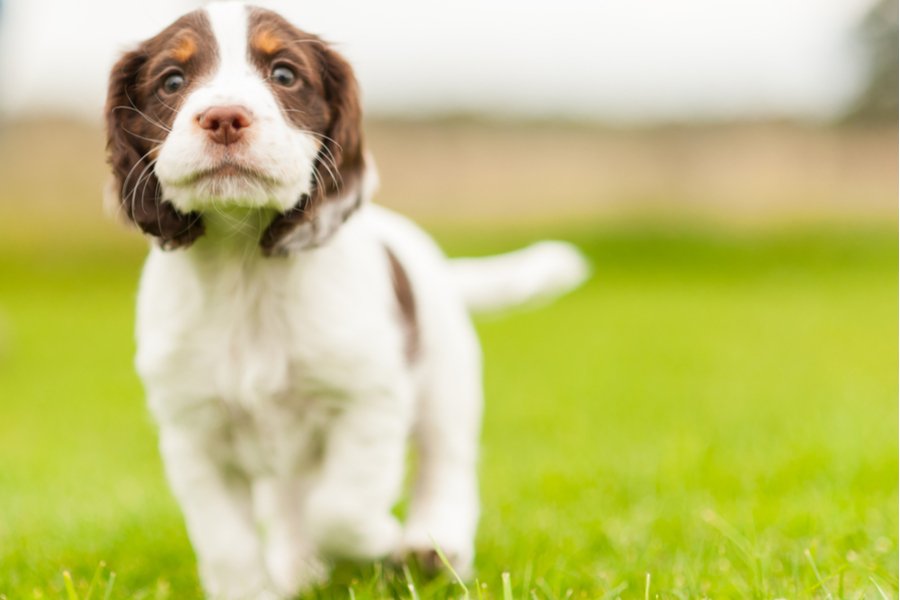
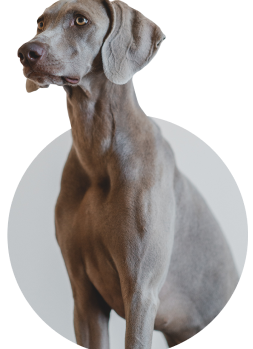
We can connect you with Breeders that are specialized in this particular breed.
See available puppies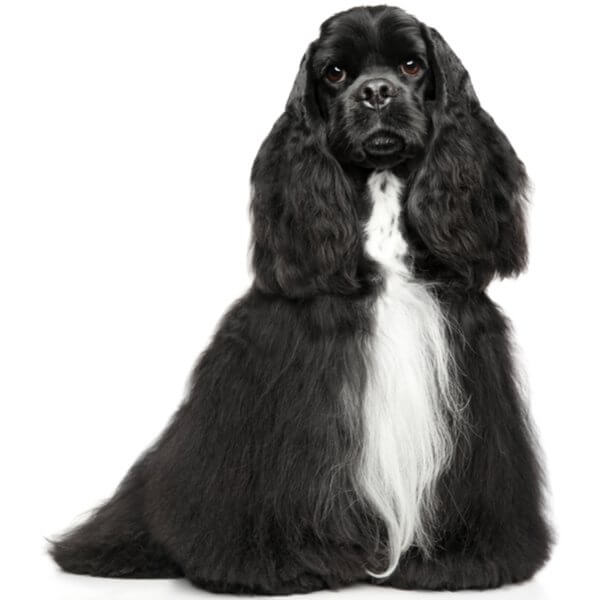
United States of America
Size : Medium
Coat : Long
Registration : KC, FCI, AKC
Exercise : 1 hour
Training : Easy
Grooming : Everyday
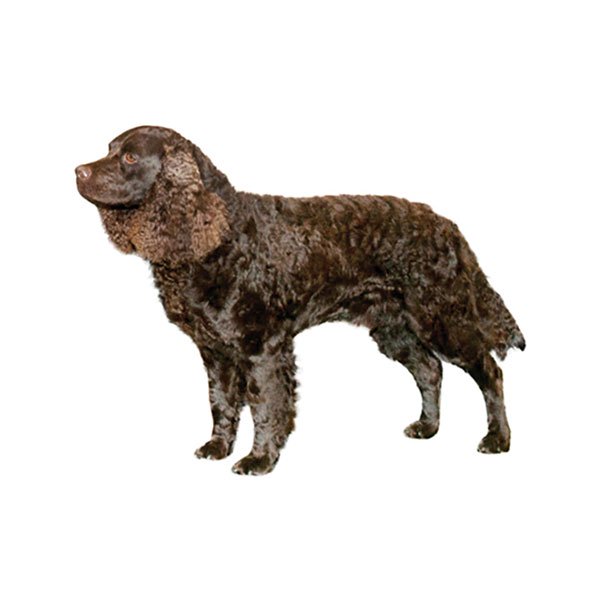
United States of America
Size : Medium
Coat : Short
Registration : KC, FCI, AKC
Exercise : 1 hour
Training : Easy
Grooming : Once a Week
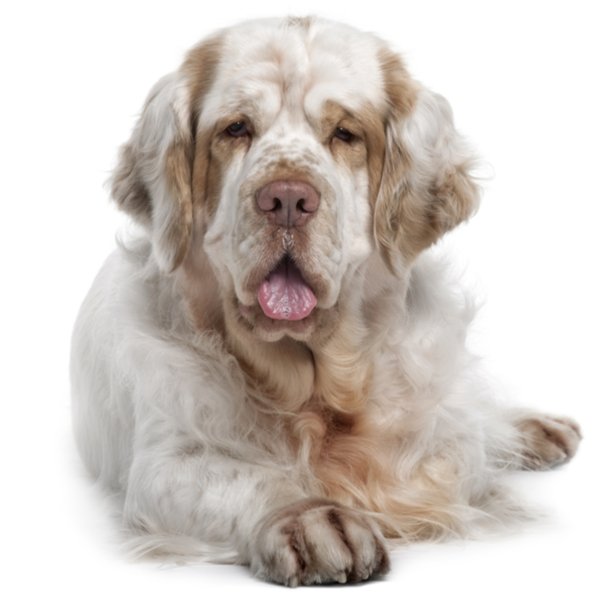
France
Size : Large
Coat : Long
Registration : KC, AKC, FCI
Exercise : 1 hour
Training : Medium
Grooming : Twice a Week

United Kingdom
Size : Medium
Coat : Long
Registration : KC, AKC, FCI
Exercise : 1 hour
Training : Easy
Grooming : Twice a Week


Need some advice?
Whether you're a first time pet owner, an experienced pet owner, a new or long-time breeder, or just curious about pets, we've got you covered!
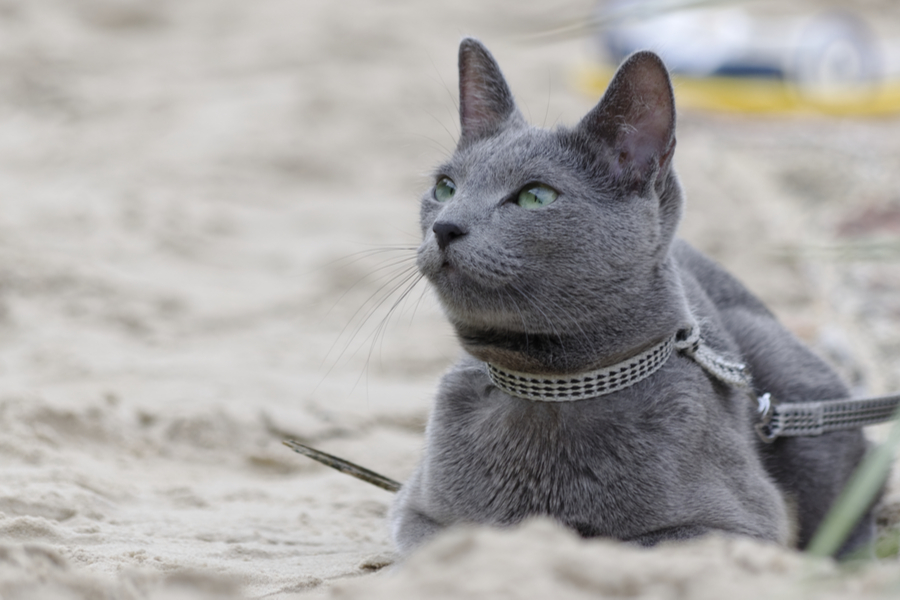
January 17, 2024
What Is The Personality Of Russian Blue Cats?
Russian Blue cats are most known for their distinctive shimmery blue-silver coat and piercing green eyes. However, this breed’s calm and gentle temperament is what makes them shine the most in the feline world.
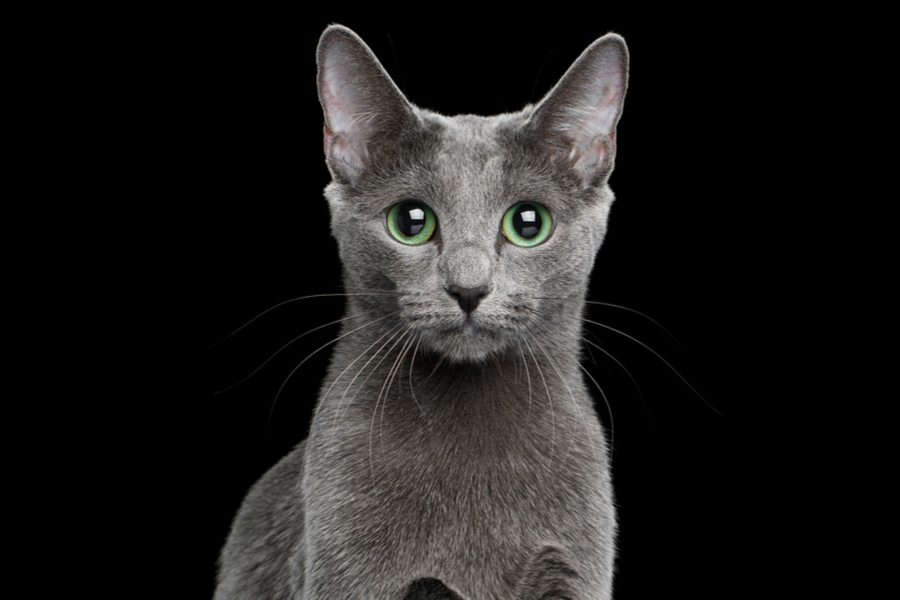
January 17, 2024
10 Facts About Russian Blue Cat Breed
Russian Blues are one of the most aesthetically stunning cat breeds, with a gorgeous plush silvery coat and vibrant green eyes. However, it’s not only their appearance that is beautiful; their nature is too.
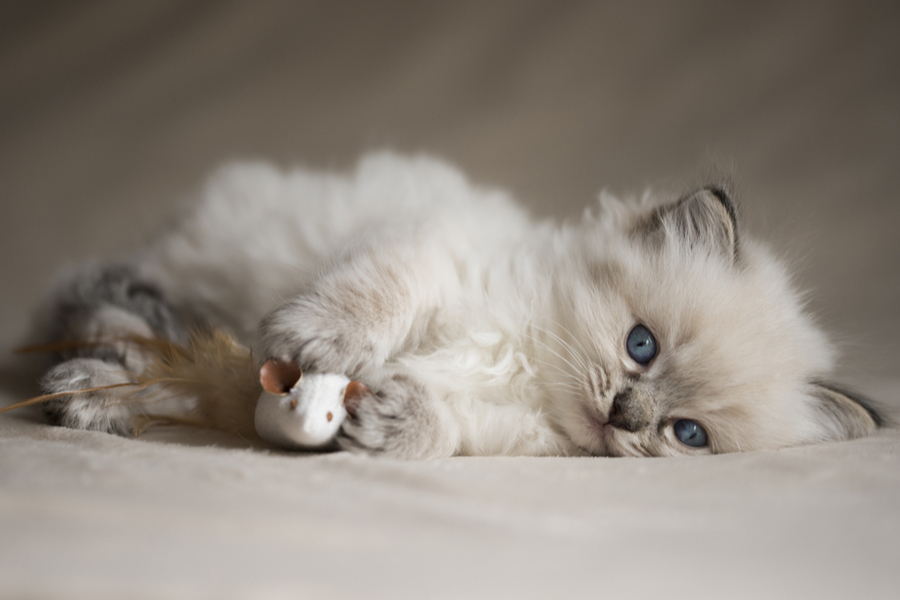
January 17, 2024
How To Choose The Right Cat Breed for You
Cats can make the most fantastic animal companions; they are adorable, friendly, and loving. However, not all felines are created equal. There are many different breeds, of which each has its unique personality traits.
Need some help?
Contact us to speak to our friendly advisor, who will gladly help you find your dream pet!



We are registered in England and Wales under registration number 12568840,
and our registered office is at 58-60 Kensington Church Street, W8 4DB London, England.
© 2023 The Pedigree Paws